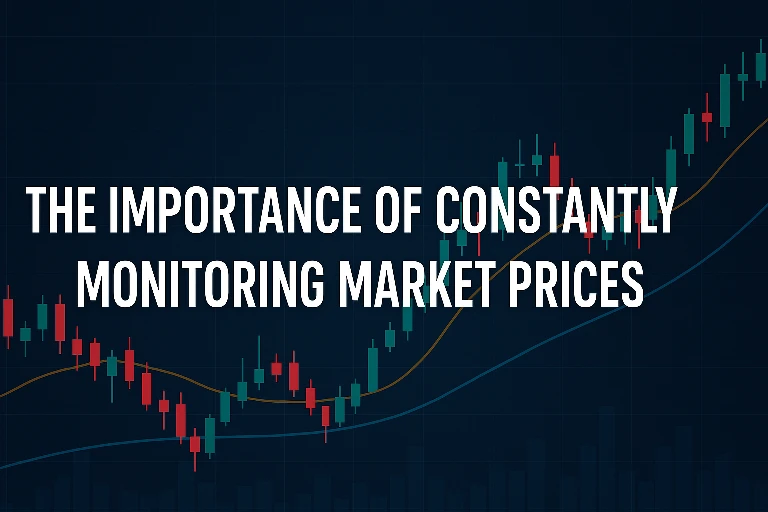The Critical Importance of Continuously Monitoring Market Prices
In the dynamic landscape of modern business, having a strong and coherent ecosystem is undoubtedly a competitive advantage. However, it is a mistake to assume that such an ecosystem alone is sufficient for long-term success. One of the most underestimated yet crucial aspects of sustainability and resilience in business is the continuous monitoring of market prices. Market volatility can undermine even the most structured systems if left unchecked.
Why Market Price Monitoring Matters
Market prices are affected by a multitude of unpredictable factors such as geopolitical events, inflation, currency fluctuations, changes in consumer behavior, supply chain disruptions, and technological advancements. A static pricing strategy can quickly become outdated in such a fast-paced environment. Businesses that fail to adjust to market changes in time risk losing their competitive edge, profitability, or even market relevance.
Case Study: The Steel Industry
A notable example is the global steel industry during the COVID-19 pandemic. In early 2020, many steel manufacturers reduced production due to expected declines in demand. However, by mid-2021, demand surged unexpectedly, especially in construction and automotive sectors. Companies that had real-time market monitoring systems adapted quickly and capitalized on the rising prices. In contrast, those relying on outdated forecasts suffered from supply shortages and missed revenue opportunities.
The Role of a Dedicated Market Intelligence Team
Given the complexity and importance of pricing, many companies establish dedicated market intelligence teams. These teams gather data, monitor competitor pricing, analyze historical trends, and use predictive analytics to forecast future movements. Their insights support strategic decisions such as product pricing, supplier negotiations, budget planning, and marketing campaigns.
For example, large retail companies like Walmart and Amazon employ dynamic pricing algorithms powered by AI, which monitor competitors and adjust prices in real-time. These technologies ensure they remain price competitive without manual intervention, highlighting how technology and specialized roles are transforming the way businesses approach market awareness.
Small Businesses Are Not Exempt
It’s a common misconception that only large enterprises need to track market prices. In reality, small and medium-sized businesses (SMBs) are often more vulnerable to price shocks because they typically operate with thinner margins and less buffer for mistakes. Implementing basic monitoring tools, subscribing to industry reports, or outsourcing price analysis can offer significant benefits.
Preparing for the Unexpected
The 2022 global semiconductor shortage, driven by a combination of pandemic-related shutdowns and sudden demand surges, caught many businesses off guard. Companies with proactive market monitoring and flexible supply chain strategies were able to pivot and secure alternative suppliers. This adaptability underscored the value of forecasting and scenario planning in a volatile market.
Conclusion
Regardless of how established or coherent a business ecosystem may be, complacency in the face of market fluctuations can be costly. Continuous price monitoring is not just a reactive practice but a proactive strategy to safeguard profitability and sustain growth. By investing in market intelligence—whether through technology, specialized teams, or partnerships—businesses can build resilience and agility in an unpredictable world.

 11:09 AM, 5 April 2025
11:09 AM, 5 April 2025 